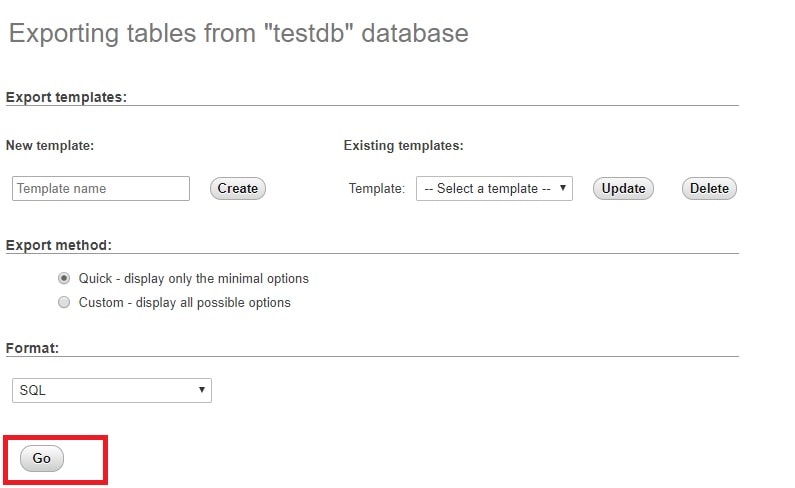

Scroll through the options ribbon/bar at the top of the screen. Go to your phpMyAdmin and navigate to the screen shown in the above image. This step shows you how to successfully export the jumper database and its table. For example, in this shot, I will export the database in the image below.įor the import, I will be using a file called import.sql. You can install it either as stand-alone from the phpMyAdmin official site or shipped with XAMPP or WAMPP, based on how you set up your development environment.Īdditionally, you must confirm the database you wish to export or the database file you want to import. This step may seem trivial, but you have to be sure you have phpMyAdmin up and running. The steps for these import and export operations are described below.

This action is known as the import and export of database tables. One very useful operation of phpMyAdmin is the ability to move databases across platforms that use the software.

There are a host of other database types like the graphical database, creative commons database, and so on. SQL database, and the latter as a NoSQL database.

These two common types are based on how they are structured and accessed. There are two common kinds of databases that developers use today. It is a collection of tables that are logically related. A database is the backbone of backend codes.


 0 kommentar(er)
0 kommentar(er)
